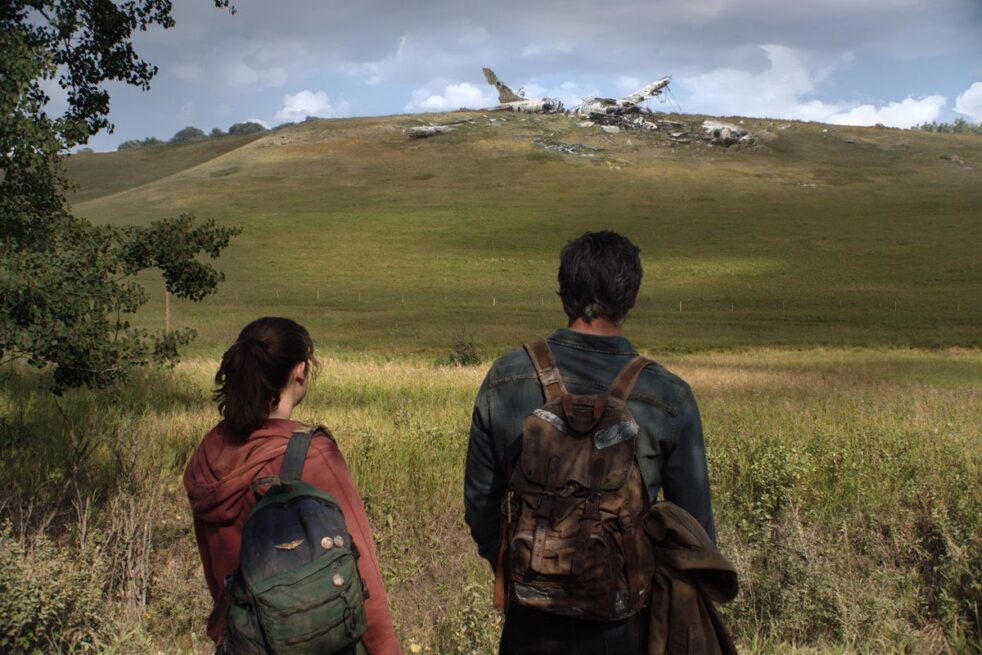Warning: Spoilers ahead
Our Take: 5/5 Stars
HBO’s silver screen adaptation of Naughty Dog’s monumental video game, “The Last of Us” hit streaming services on Jan.15. Throughout its first three episodes, HBO’s take on the world, characters and themes of the critically acclaimed series offer a familiar story that is as intimate, frightening and gut-wrenching as its source material, while offering a new element of fear through its insistence on the feasibility of its apocalyptic world.
Executive producer, Greg Spence, and Naughty Dog co-president, Neil Druckmann, highlighted their interest in expanding the scope of their story through the very first episode.
The series opens to a depiction of a 1968 television program, with epidemiologists discussing the possibilities of global pandemics — the possibility of a virus infecting all of the world at once, spreading across continents through the newly boo-ming reliance on airplanes and international commerce.
At this point, the host, dropping jokes and one-liners into the conversation to get a laugh from the audience, finds the thought of a global pandemic to be a fantastic point of conversation, but he makes it clear that it is just that to him. He does not quiver.
Dr. Neuman (John Hannah, “The Mummy”) proposes a more unnerving threat: fungi. The host laughs this off, and the doctor beside Dr. Neuman notes that any threatening fungi could not live within a human body. He offers a sense of safety. It could not happen. Fungi have not evolved to survive in warmer bodies — anything over 94 degrees.
Neuman counters: what if they were forced to evolve? What if rising global temperatures pushed fungi to exist in harsher and rougher environments?
What if the need for a host below 94 degrees is weeded out through natural selection in a less forgiving environment? The host’s confidence fades. The audience silences as Neuman relays his dread. There would be no cure. There would be no vaccine. There would be no treatment. The world would lose.
This sequence, while lasting a slick three minutes in a 90 minute pilot, highlights an element of the story that the games offered a substantially less prominent stage for. In Naughty Dog’s original telling, the idea of a mutated Cordyceps virus infecting humans is clear, and it raised questions on the sidelines about how feasible an apocalypse of this nature would be, but the realism of its premise takes the sidelines as they focus more on their immersive gameplay and haunting sound design to elicit fear.
In video games, fear comes from immersion — from its inescapable environment. Naughty Dog pulls players into their brutal and grotesque world. To inspire fear, the original team did not need to make players fear
Cordyceps in the real world, they just had to make them fear it as they were playing it.
HBO’s approach is not without its immersion. The set design, prosthetics, sound design and mortality of its characters warrant a sense of fear through the show itself, but its emphasis on making the premise feel real, especially through this opening scene, prompts a key question, heightened by the current climate surrounding global pandemics and shutdowns: “Could this happen to us … and will it?”
